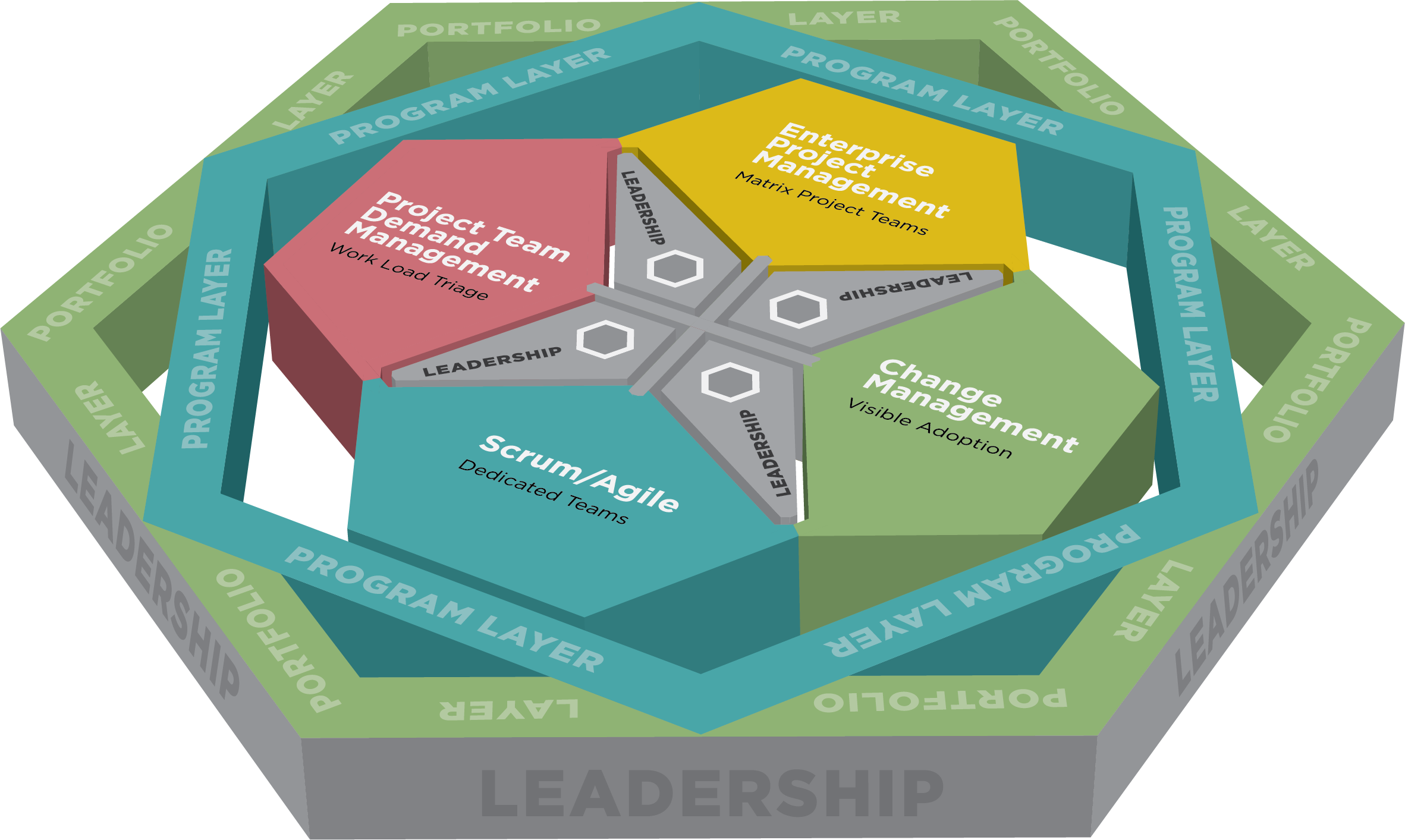The following is adapted from The Irreverent Guide to Project Management.
When you’re starting a new project or tackling a new task, a Work Plan is indispensable. This plan can help you gauge what needs to be done, how much work each step is going to take, and which tasks are assigned to which team members.
Of course, there are a lot of variables, contingencies, and problems that can disrupt that Work Plan, and at the outset of a project, it can be difficult to tell how long work is going to take. Team members often feel uncomfortable about providing estimates of how long they will need to complete their designated tasks. That’s a totally understandable feeling, but that reluctance can get in the way of progress.
That’s where the SWAG—or, Scientific Wild-Ass Guess—comes in. Of course, some guesses are better than others, so I will provide some tips on how you can make your SWAG lean more towards the science side than to wild-assery. That said, no matter how accurate the guess ends up being, a SWAG will move your project forward every time.
How to Heighten the “Scientific” Part of Your SWAG
The point of building a Work Plan is to fend off unforeseen delays and roadblocks, so of course, you want it to be as accurate as possible. Discuss the tasks with the team thoroughly to get a better conceptual understanding of each step. The more specific, the better, since it will help you really understand the work that needs to take place, and details will help you come up with a better sense of how much time each task should take.
When you’re building a Work Plan, don’t estimate tasks in terms of the number of days team members think they’re going to take, or in terms of start and finish dates. You’ll get more reliable estimates if you focus on the number of hours something takes. And, you want to break tasks down into no more than 12 hours estimates.
Why? Because smaller estimates are better estimates. It’s pretty easy for someone to explain and another to comprehend something that will take an hour or so to complete. On the other hand, most people would have a hard time defending a 40 hour estimate without breaking the work down into smaller chunks, estimating the smaller chunks and then using those estimates to justify the 40 hour estimate.
My point being, when someone throws out a big number it’s a wild ass guess! Using science to break down the wild ass guess into smaller chunks will give you better estimates. In the end better estimates will help you to deliver the project as close to what was committed as humanly possible.
The Half Time Model
It’s important to plan for the impediments that will occur. To that end, I recommend that you use the half-time model. This model requires that, when scheduling tasks and breaking down work, people are never scheduled more than 50 percent of their available time on a given day. If someone has a task that would take four hours to complete, its duration would be one day. If someone has a task that would take eight hours to complete, its duration would be two days, etc.
The 50 percent allocation assumes two things: that our team members are matrixed and working on other projects, and that things won’t go according to plan. Meaning, there will be impediments that arise. Scheduling team members at 50 percent allows for time to be spent on solving the impediments that we didn’t plan for but know will occur. Even if you don’t know what the contingencies will be, you’ve already built them in.
To give someone a single day to complete a four-hour task takes into consideration their other workload, but isn’t generally perceived as liberal. To give someone three days to complete twelve hours of work accommodates their other workload but is defensible, assuming they are working on several other projects and have operational responsibilities.
How to Handle the “Wild-Ass” Part of Your SWAG
All Work Plans, regardless of the tool or rules used to create them, are just that: plans. And we know what happens to the best-laid plans. Remember that you aren’t locked into the document; instead, the plan is an estimate and approximation of what the project needs to achieve.
Problems are going to occur, and you should just take that as a given. But it’s best if you acknowledge that “wild-ass” element from the get-go. When you develop the Work Plan, you should work with team members to formulate the assumptions, impediments, and mitigation tasks associated with their SWAG.
Capture the assumptions, impediments, and mitigations, along with the work effort estimates in the meeting minutes. The public distribution of these minutes should alleviate any concern team members may have about providing the necessary work effort guesstimates.
Sometimes you’ll need to increase the duration of a task, and sometimes, deadlines might be met sooner. But if your team members understand that they are working toward an ideal, and that they might encounter some bumps along the way, they’ll be able to handle the bumps better when they arise.
A Guess Is a Powerful Thing
Some projects allow you to make a really scientific guess. Others, not so much… But either way, a SWAG will advance your project. It gives you a baseline to work from, a clear sense of what needs to happen in order to make progress, and a sense of what each team member can contribute. So make your guess, and own it with confidence!
For more advice on Work Plans, you can find The Irreverent Guide to Project Management on Amazon.
From the start of his career spent jumping out of helicopters in the United States Navy, J. Scott has a long history of leadership, servanthood, and bearing witness to the transformative power of getting shit done. Since starting 120VC he's personally overseen the global transformational efforts within organizations such as DirecTV, Trader Joe's, Blizzard Entertainment, Sony Pictures, Mattel, and others. His team's unique, irreverent approach to change has generated breakthrough results and created meaningful jobs. In addition to being a successful entrepreneur, J. Scott is a devoted husband and father and author of "It's Never Just Business: It's About People," and "The Irreverent Guide to Project Management," both available on Amazon.com.




